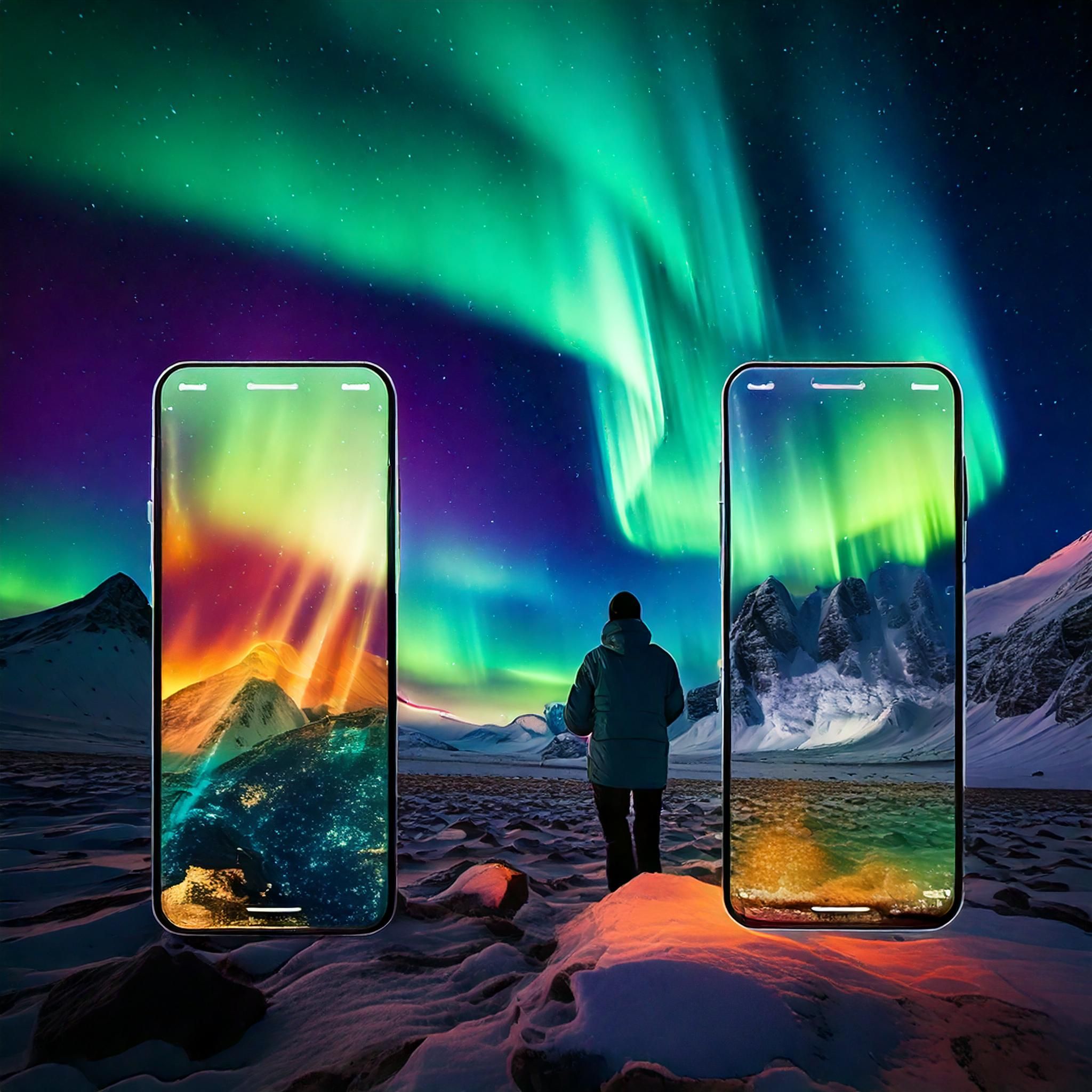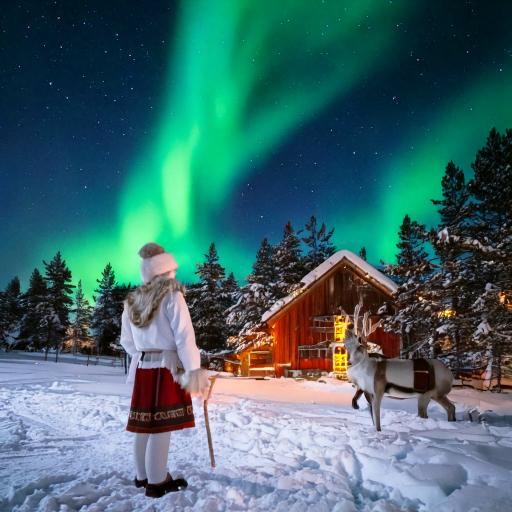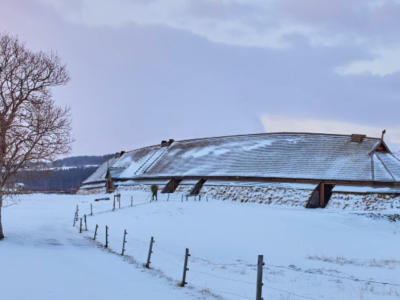Aurora Borealis 2025: Maximum Solar Year

A Celestial Show Between Science and Magic
The Aurora Borealis, also known as the Northern Lights, is one of the most fascinating and mysterious natural phenomena on our planet.
This show of dancing lights in the night sky is the result of complex interactions between the Sun and the Earth’s magnetic field.
What are the ideal conditions for observing the Aurora Borealis, the best years to see it, and the scientific causes behind this phenomenon?
What is the Aurora Borealis?
The Aurora Borealis is an optical phenomenon that occurs when charged particles from the solar wind hit the Earth’s atmosphere.
These particles, mainly electrons and protons, interact with atmospheric gases such as oxygen and nitrogen, emitting light of different colors:
- Green (oxygen at 100 km altitude)
- Red (oxygen at 200 km altitude)
- Blue and Purple (nitrogen at 100 km altitude)
Conditions for Seeing the Northern Lights
To observe the Aurora Borealis, some specific conditions must be met:
- High Latitude: Auroras are mainly visible in the Aurora Belt, a region between 60° and 75° north latitude. Popular destinations include:
- Norway (Tromsø, Lofoten Islands)
- Sweden (Abisko)
- Finland (Rovaniemi)
- Island (Reykjavik)
- Canada (Yukon, Alberta)
- Alaska (Fairbanks)
- Clear and Dark Skies: A cloud-free sky away from light pollution is essential. The winter months, with long, dark nights, are ideal.
- Solar Activity: The intensity of the Aurora depends on the activity of the Sun. Solar flares and coronal mass ejections (CMEs) increase the chances of spectacular auroras.
- KP Index: The KP index measures the disturbance of the Earth’s magnetic field on a scale of 0 to 9. A KP of 5 or higher indicates favorable conditions for the Aurora.
Best Years to See the Northern Lights
he activity of the Aurora Borealis follows an 11-year cycle, known as the Solar Cycle. During solar maximum, when the Sun is most active, the auroras are most frequent and intense.
- Last Solar Maximum: 2014
- Next Solar Maximum: 2025
The years around 2025 will therefore be ideal for observing spectacular auroras. However, even during the solar minimum, as in 2019-2020, it is possible to see auroras, albeit less intense.
Scientific Causes of the Aurora Borealis
The Aurora Borealis is the result of a complex process:
- Solar Wind: The Sun emits a constant stream of charged particles, known as the solar wind.
- Interaction with Earth’s Magnetic Field: When the solar wind reaches Earth, Earth’s magnetic field deflects most of the particles. However, some manage to penetrate through the magnetic field lines near the poles.
- Light Emission: Charged particles excite oxygen and nitrogen atoms in the atmosphere. When these atoms return to their ground state, they emit visible light.

Curiosities about the Aurora Borealis
- Aurora Australis: The Southern Hemisphere equivalent of the Aurora Borealis is called the Aurora Australis.
- Aurora Sounds: Some witnesses have reported hearing sounds during auroras, a phenomenon that is still poorly understood.
- Mythology: In Norse culture, Aurora was seen as the Bifröst bridge, a path of fire that led to the realm of the gods.
Conclusion
The Aurora Borealis is a phenomenon that combines science, beauty, and mystery. To maximize your chances of seeing it, plan your trip during the winter months, in a high-latitude location, and during a period of high solar activity.




